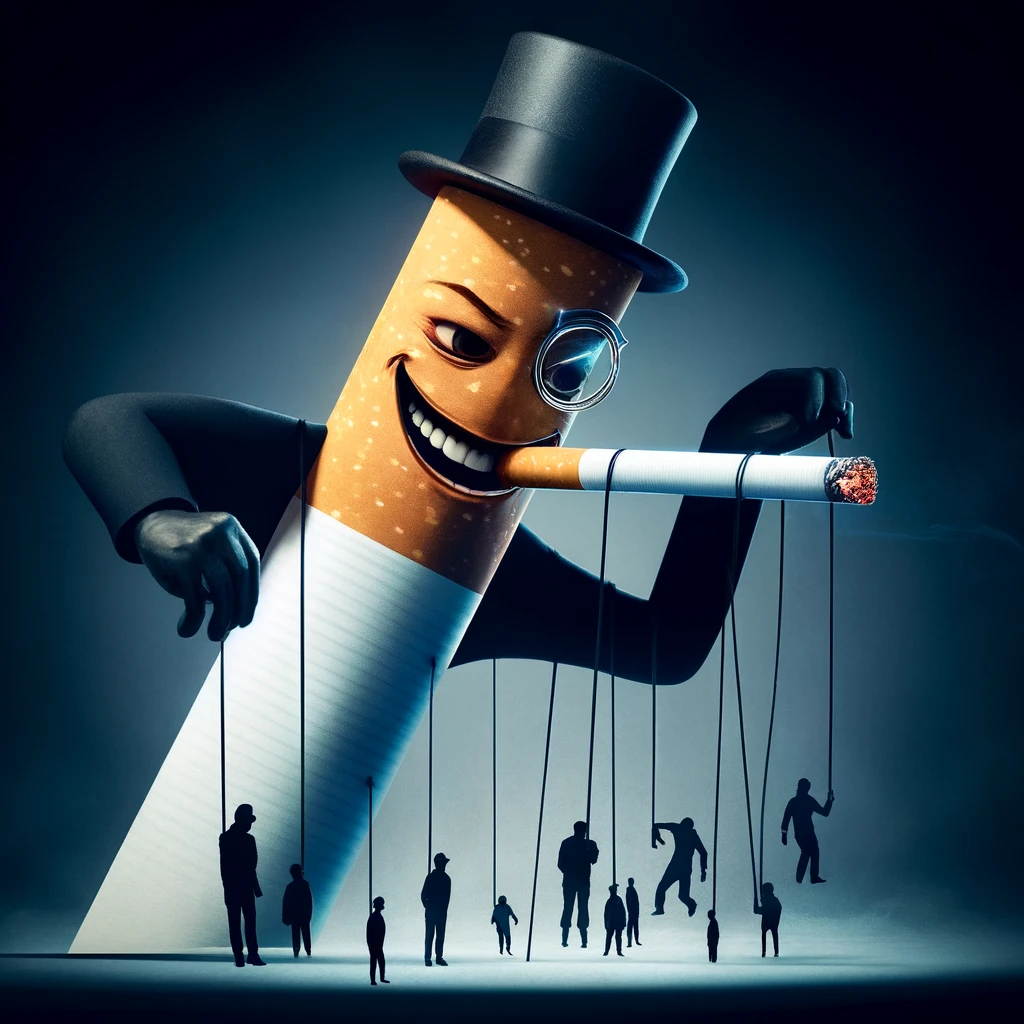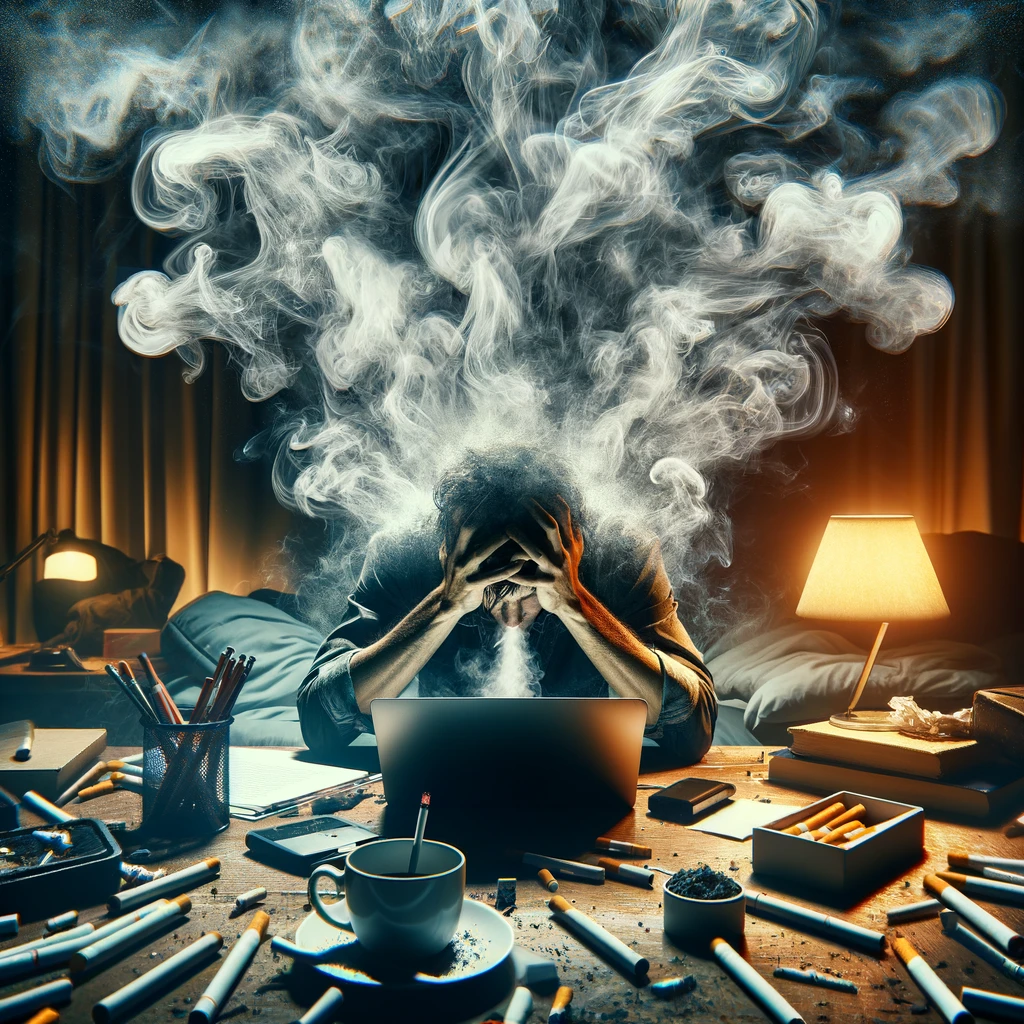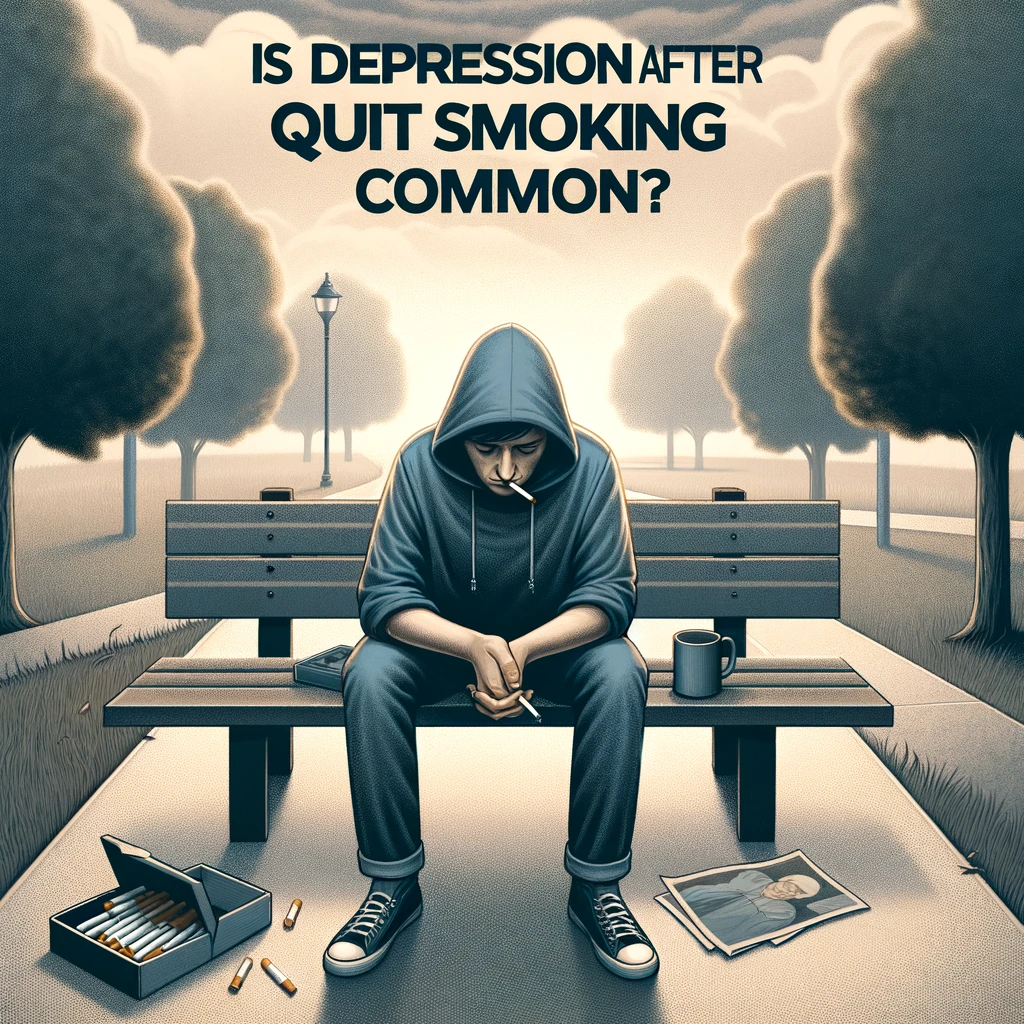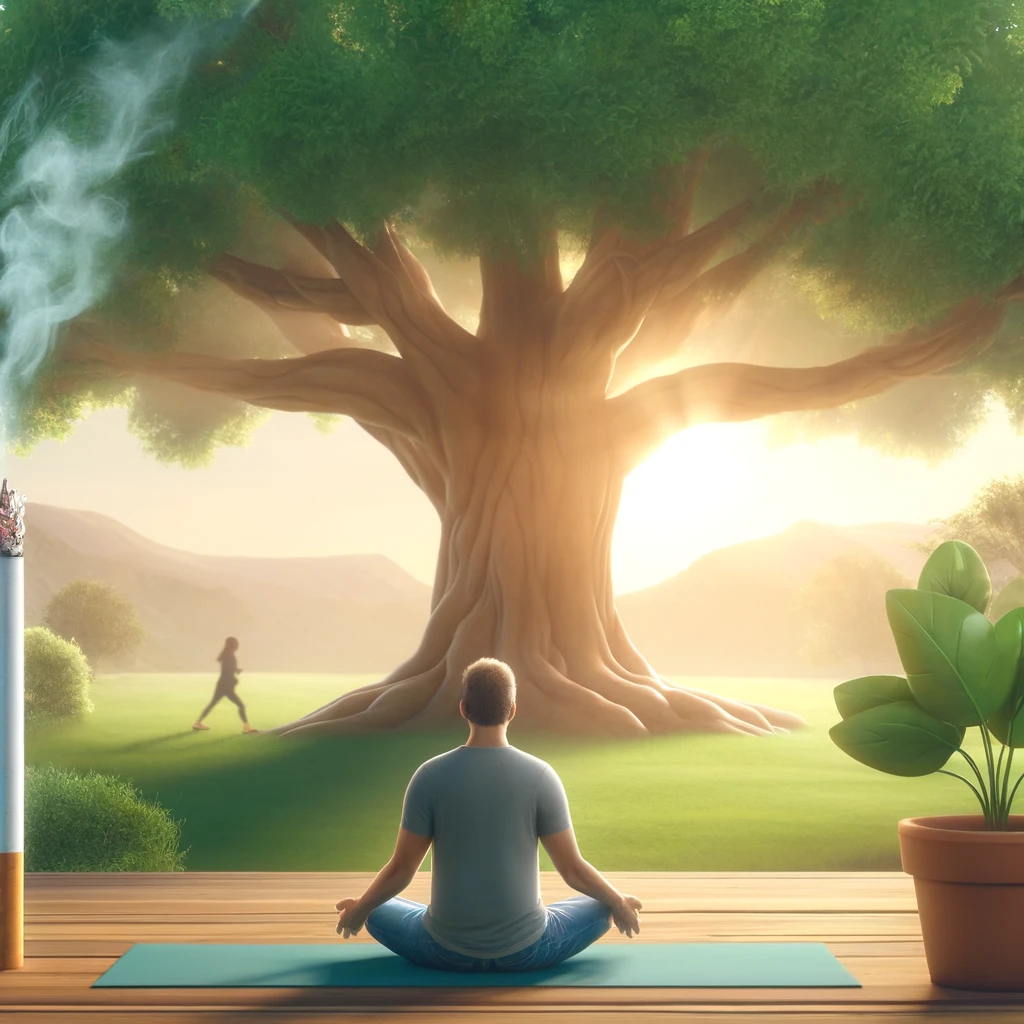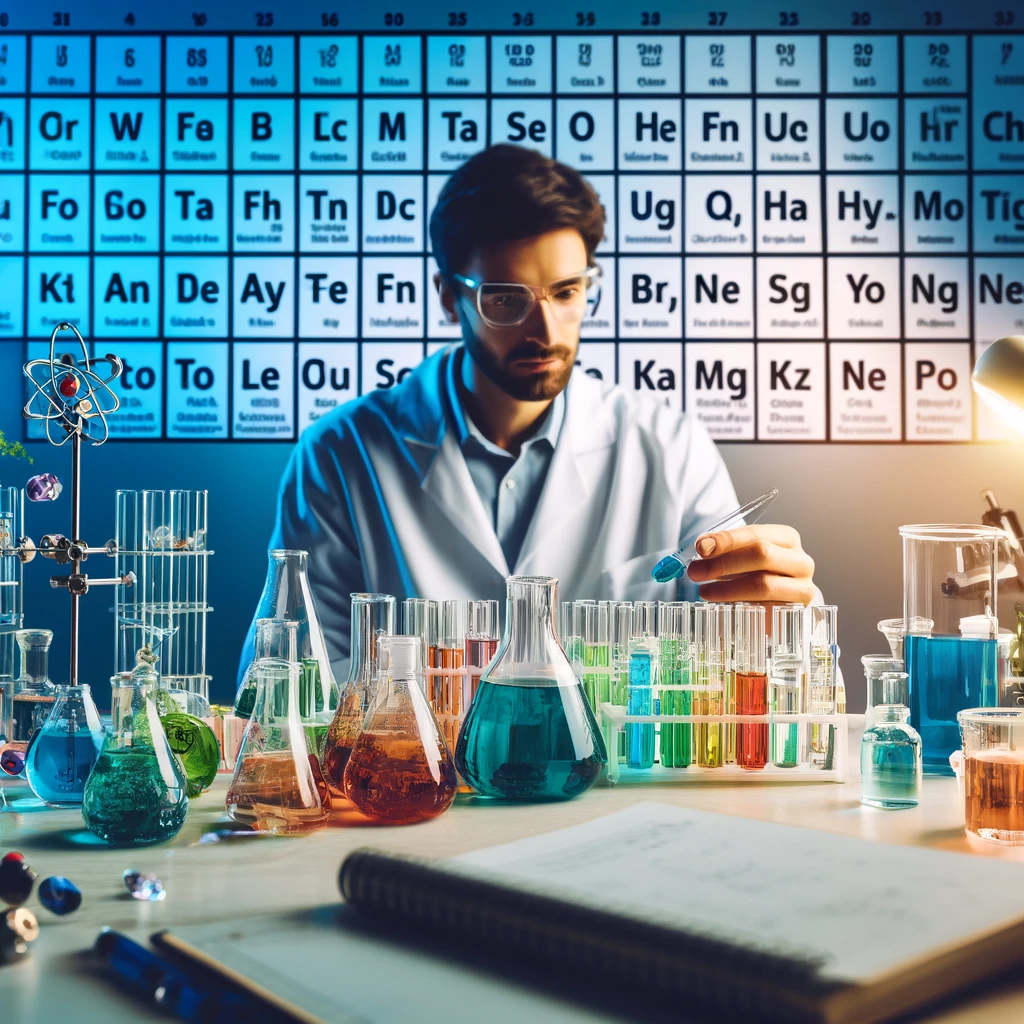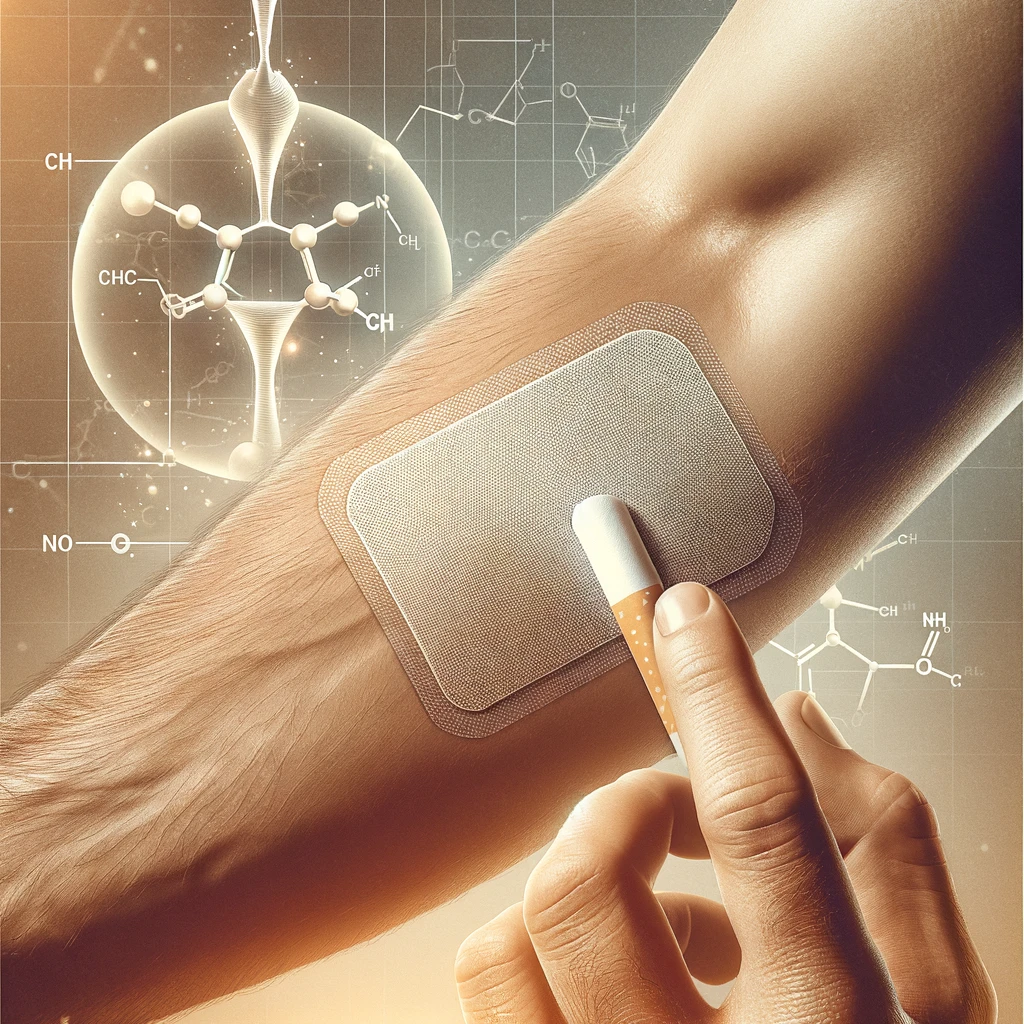Psychedelics and Hallucinogens
Direct from the Age of Aquarius, with a history going back thousands of years, hallucinogens take people an far-ranging trips inside their own minds. Hallucinogens (also called psychedelics) cause your brain to generate experiences that are profound distortions of reality.
We have five senses: seeing, hearing, tasting, touching, and smelling. Hallucinogens distort these senses, and particularly change your impressions of time and space. Hallucinogens specifically disrupt the neurotransmitter serotonin and interfere with the way your neural cells interact. Serotonin can be found in many places in the central nervous system (your brain and spinal cord) and assists in the functions controlling mood, hunger, body temperature, sexual behavior, muscle control and sensory perception.
The trips caused by hallucinogens can last for as long as 6 to 12 hours. Some trips are good, some are bad. A good trip is dependent on your mindset when you take the drug. Your reaction may differ from time to time, even though you take the same amount of a drug. A good trip often involves visual hallucinations (seeing things that aren’t really there or that are distorted). These images may be seen as funny or inspiring, or just odd. Colors may be especially intense and intriguing patterns may emerge on surfaces, like tables or ceilings. Distortions of objects, faces and other body parts may be experienced. A heightened sexual drive- an aphrodisiac effect- has also been reported.
A bad trip on the other hand, may be set off by similar doses of drug that in the past provided a good trip. A bad trip is a frightening experience with surging anxiety and fears of being out of control and vulnerable. Terrifying images and hallucinations have been reported. At different times, under controlled conditions, hallucinogens have been used in experimental forms of psychotherapy, because they seem to bring underlying conflicts to the surface. The bad trips may be linked to these conflicts surfacing, especially when they take symbolic forms and distort reality (these distorted thoughts and images are like a very bad nightmare).
Some hallucinations come from plants but most are synthesized and manufactured. Mescaline comes from the cactus plant called peyote. Psilocybin comes from certain mushrooms often referred to as magic mushrooms or shrooms (for short). LSD (lysergic acid diethylamide, also known as acid) and a dissociative anaesthetic, PCP, (phencyclidine or angel dust) are widely available synthetic hallucinogens.
Taking LSD may make you feel several emotions simultaneously and may merge senses so that you see sounds and hear colors. LSD itself, is a clear or white, odorless, water-soluble material synthesized from lysergic acid, a compound rye fungus.
The potential of LSD for abuse is fairly high because the experiences are exciting to some people and they want to re-experience their excitement until, of course, they have a bad trip. If you value self-control, it’s unlikely that you’ll want to gamble in this way about having a good versus a bad trip.
If you use LSD, you may experience flashbacks- a repetition of earlier LSD experiences. A flashback often has an unsettling effect, because it is something that is frequently beyond your control. Flashbacks can occur later in your life and seem to be set off by past associations. A similar experience has been reported by people with post-traumatic stress, where they relieve their trauma. In a flashback you have to redirect your attention to the present and get out of your head. Flashbacks are a significant concern if they occur when you’re driving or in other situations where distractions can result in elevated risks.
Get a personal consultation.
Feel free to contact us nearest to your location

